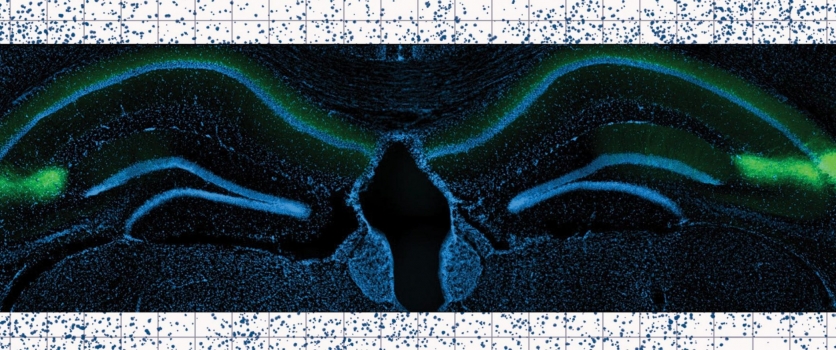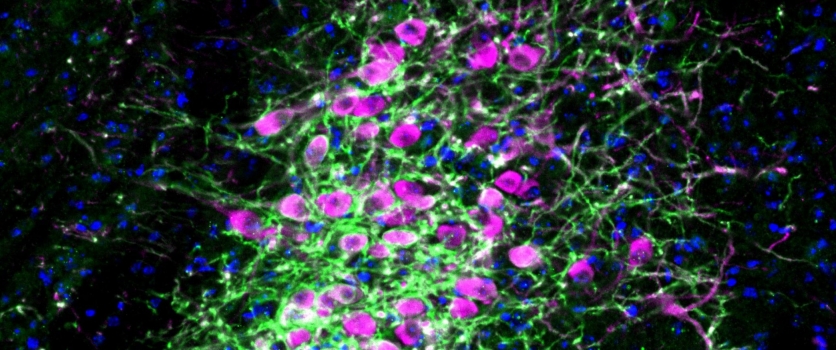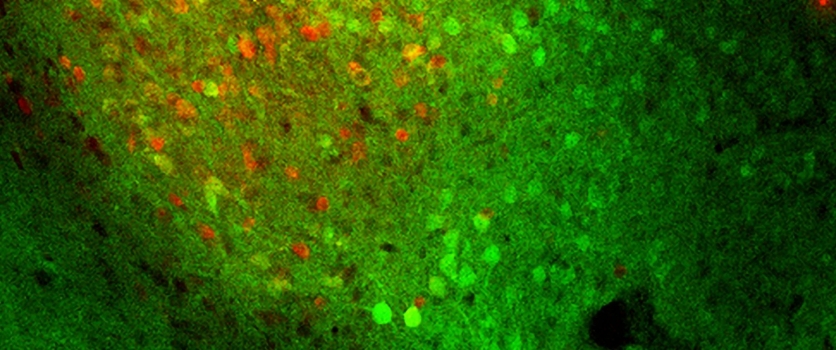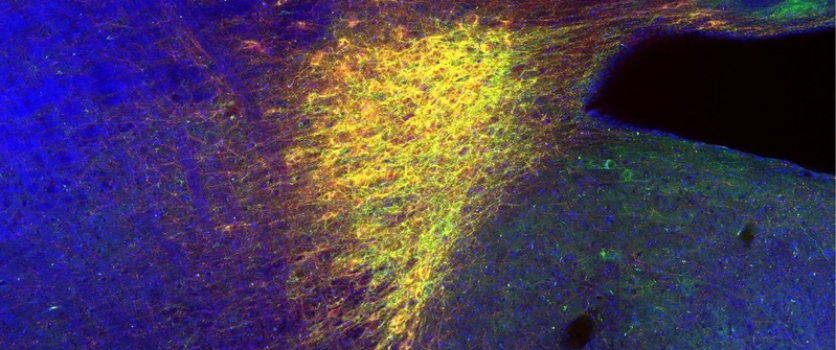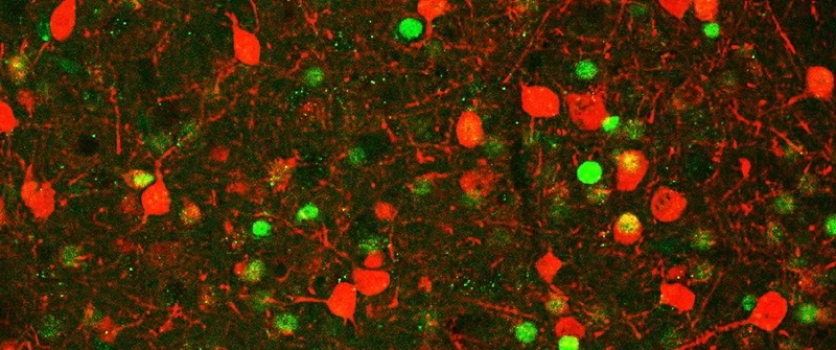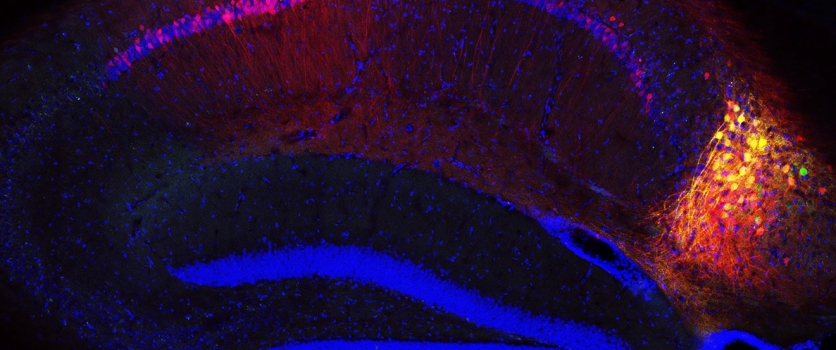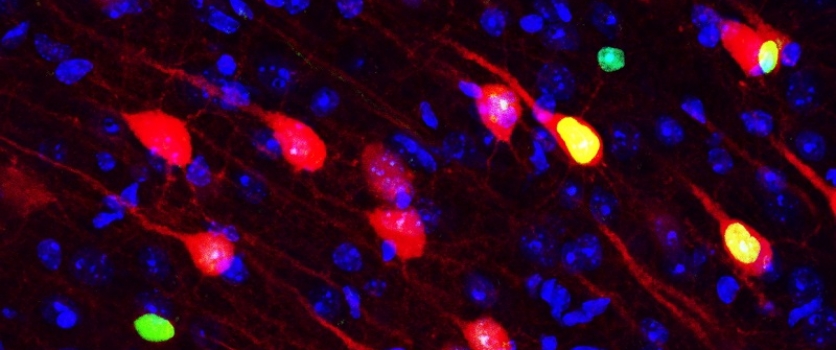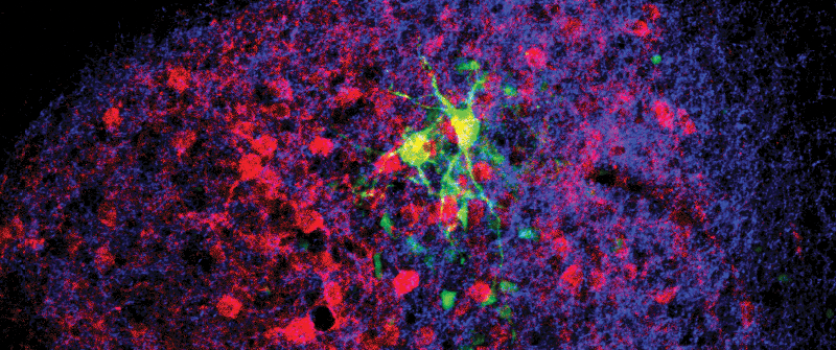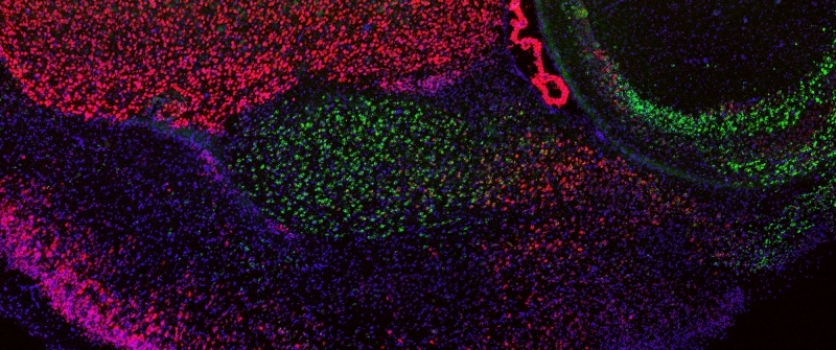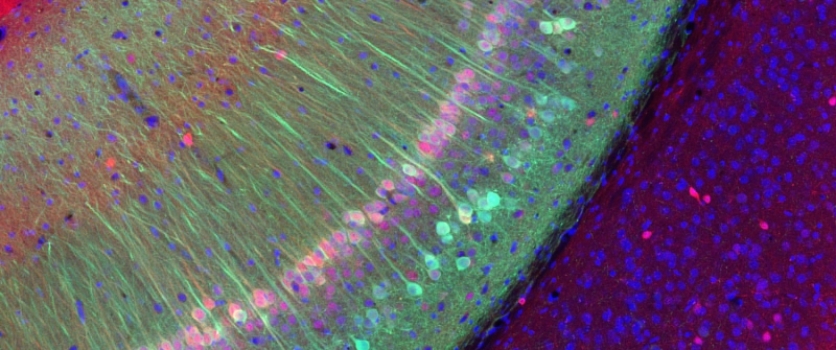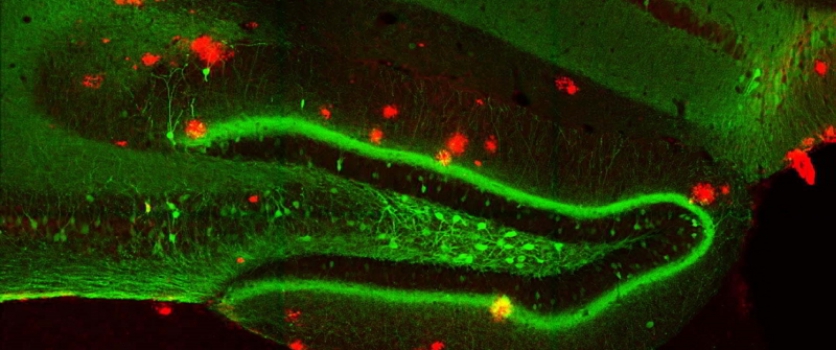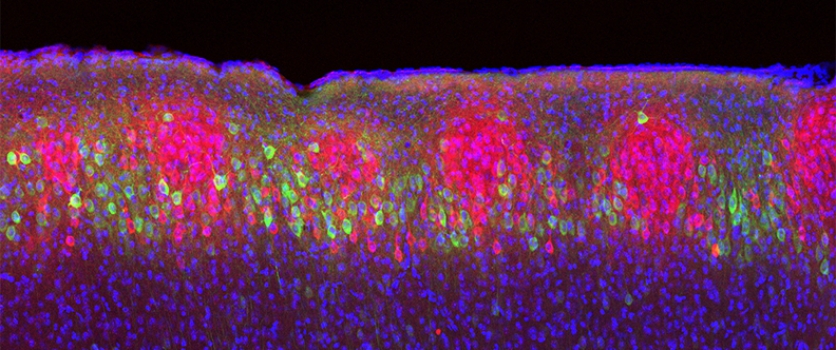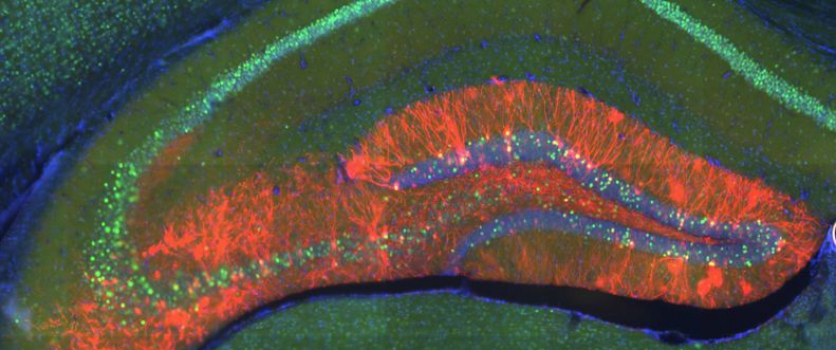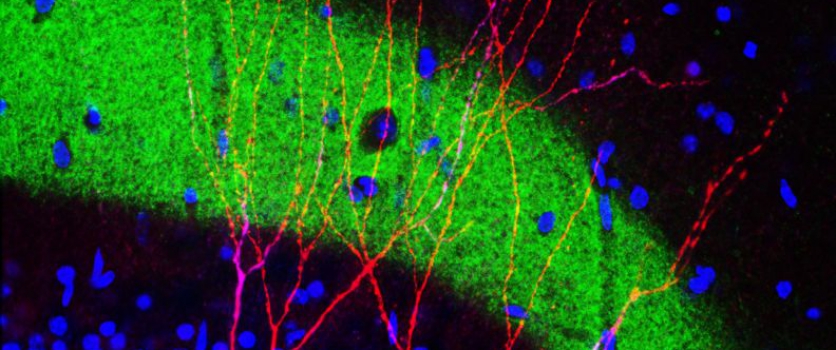Learning and memory are generally thought to be composed of three major steps: encoding events into the brain network, storing the encoded information, and later retrieving it for recall.
Two years ago, MIT neuroscientists discovered that under certain types of retrograde amnesia, memories of a particular event could be stored in the brain even though they could not be retrieved through natural recall cues. This phenomenon suggests that existing models of memory formation need to be revised, as the researchers propose in a new paper in which they further detail how these “silent engrams” are formed and re-activated.

